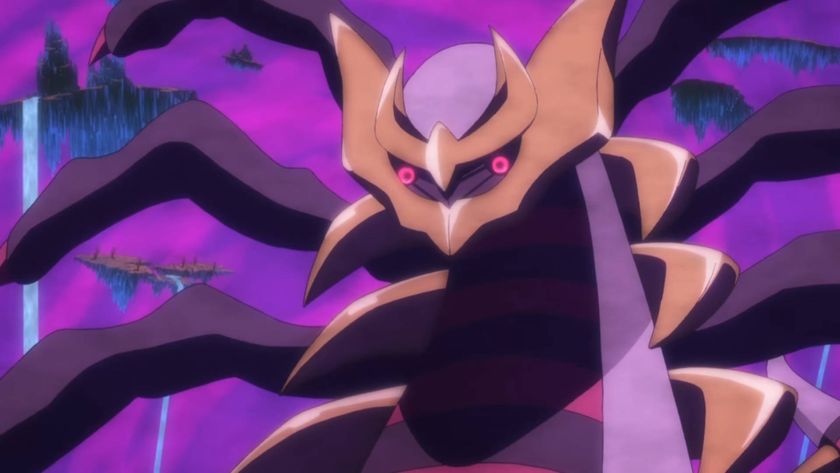Pokemusings, week 46
Understanding three strange moves - Grass Knot, Punishment and Trump Card
Most Pokemon moves follow an involved but easy to understand formula. You have your base power, you have your same-type attack-bonus (STAB), you have your enemy's super-effective weakness, and so on. There are a few moves that don't follow the standard formulae, but instead follow a rather unusual set of rules to calculate damage. This week's Pokemusings takes a look at some of these moves: Grass Knot, Punishment and Trump Card. If you don't understand these moves and use them poorly, you might think they suck. However, if you take some time to learn their mechanics, they can be devastating.

Above: Wailord fears Grass Knot
Grass Knot (TM86) has become one of our favorite Grass moves this generation. A lot of people bought into the hype of Energy Ball (TM53) and it's easy to understand why. Energy Ball sounds cool and powerful. People can envision a wicked ball of energy blasting their opponent. Grass Knot sounds goofy, especially if you read its description - "The user snares the foe with grass and trips it." It doesn't exactly sound like the most menacing attack.
Goofy description aside, Grass Knot is a potentially more powerful Special Attack than Energy Ball. The latter has a base power of 80, while the former's base power depends on the target's weight. Any opponent that weighs over 220 pounds (100 kilos) gets whacked with base power 100, while any opponent over 440 pounds (200 kilos) gets smacked with base power 120. On the downside, Grass Knot isn't very good against smaller Pokemon - its base power is a measly 20 against Pokemon less than 22 pounds (10 kilos). Against heavies like Groudon, Wailord, and Kyogre, Grass Knot totally owns. As a rule, Grass Knot is as good or better than Energy Ball when used against targets that weigh over 110 pounds (50 kilos).
Sign up to the 12DOVE Newsletter
Weekly digests, tales from the communities you love, and more













